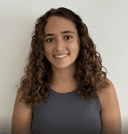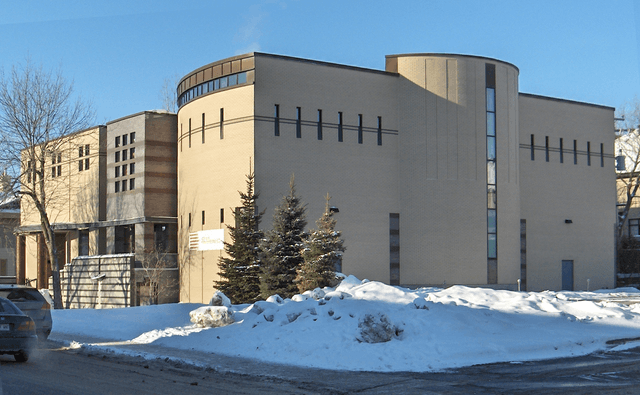Dr. Wojciech Tworek, a professor at the University of Wroclaw in Poland, focuses on Hasidic and religious communities in modern and historical contexts. This month, he is in Montreal researching modern-day Jewish popular culture in Hasidic communities.
In an interview with Nu Magazine, Dr. Tworek explained that he became interested in Jewish studies after taking Yiddish during his undergraduate studies at the University of Warsaw. This eventually evolved into a successful career investigating Jewish and Yiddish culture.
He is working on a booking examining the economy of interwar yeshivot in Poland. Tworek focuses on Tomkhe Temimim, a Chabad Yeshiva in Warsaw, as a case study. In his lecture to the Jewish Studies Department at McGill on February 24th, Tworek explained that the Chabad yeshivot were largely indebted and struggled financially.
The yeshivot “reconnected with communities in the States and to a lesser extent in Canada”, as well as other countries including the UK and Belgium. Chabad, in particular, required strong external financing as their movement came from Russia and did not have a Polish community to give local support. American aid for yeshivot allowed for a symbiotic relationship: the American communities were able to keep ties with their former Jewish communities and receive spiritual leadership, and the yeshivot garnered much needed financial support. Though the yeshivot gained significant financial assistance from America in the 1920s, after the Great Depression began, support for overseas yeshivot dwindled.
Though interwar Poland had a thriving Jewish community, it is a challenge for scholars to study. Dr. Tworek explained how instituion’s archives were destroyed during World War Two, rendering many key documents inaccessible. Furthermore, Tworek described the fascinating contrast in modern Polish-Jewish culture versus the Poland that he encounters in his research. Now, the Jewish community there is minimal, with a population of about 20,000. Only two Chabad houses exist, and there are no longer any yeshivot or shtetls. He aims to shed light on the community of three and a half million Jews that existed before World War Two.
As Dr. Tworek finishes his research on the economy of interwar yeshivot, he is already planning his next project about Hasidic culture. Montreal holds clues to this next puzzle, home to a large population of Hasidim. Dr. Tworek is now focused on “popular culture in Yiddish after the Holocaust” – a topic difficult to research in Poland given the minimal Hasidic presence there today. Montreal, and McGill, specifically, holds important archives and first-person research for this topic.
Although secular Yiddish culture has been thoroughly studied, Dr. Tworek finds that “Haredi popular culture has developed rapidly in the last few years,” even though “almost no one takes it seriously.” He jokes that the Yiddishist community just wants to stick to “Shalom Aleichem”—referring to the idealized Jewish literature that romanticizes Yiddish and the shtetl.
He rebukes this trend, through stepping into Montreal’s robust Yiddish community that exists “just four of five stops on the subway” away from McGill’s campus on the streets in Outremont. The ultra-Orthodox community in Montreal is estimated to number 6,250 with many Synagogues, kosher bakeries, stores, and yeshivot. Dr. Tworek’s upcoming research will combine the study of Hasidic literature, songs, and everyday popular culture reflected in communities like Montreal’s around the world.
Dr. Tworek finds motivation easily; when he starts researching, he only gets “more questions” that are often “more interesting than any [of his] original questions.” His study of interwar yeshivot sparked his interest in modern-day Hasidism. Now, he wants to know what it means to be Hasidic, “to build an image of the everyday Hasid.”
As Dr. Tworek works to “uncover the post-Holocaust cannon of Yiddish literature,” he is sure to form new questions. His work will continue to unearth Jewish secular and religious culture, helping us appreciate Jewish life in both the past and the present.
Powered by Froala Editor






